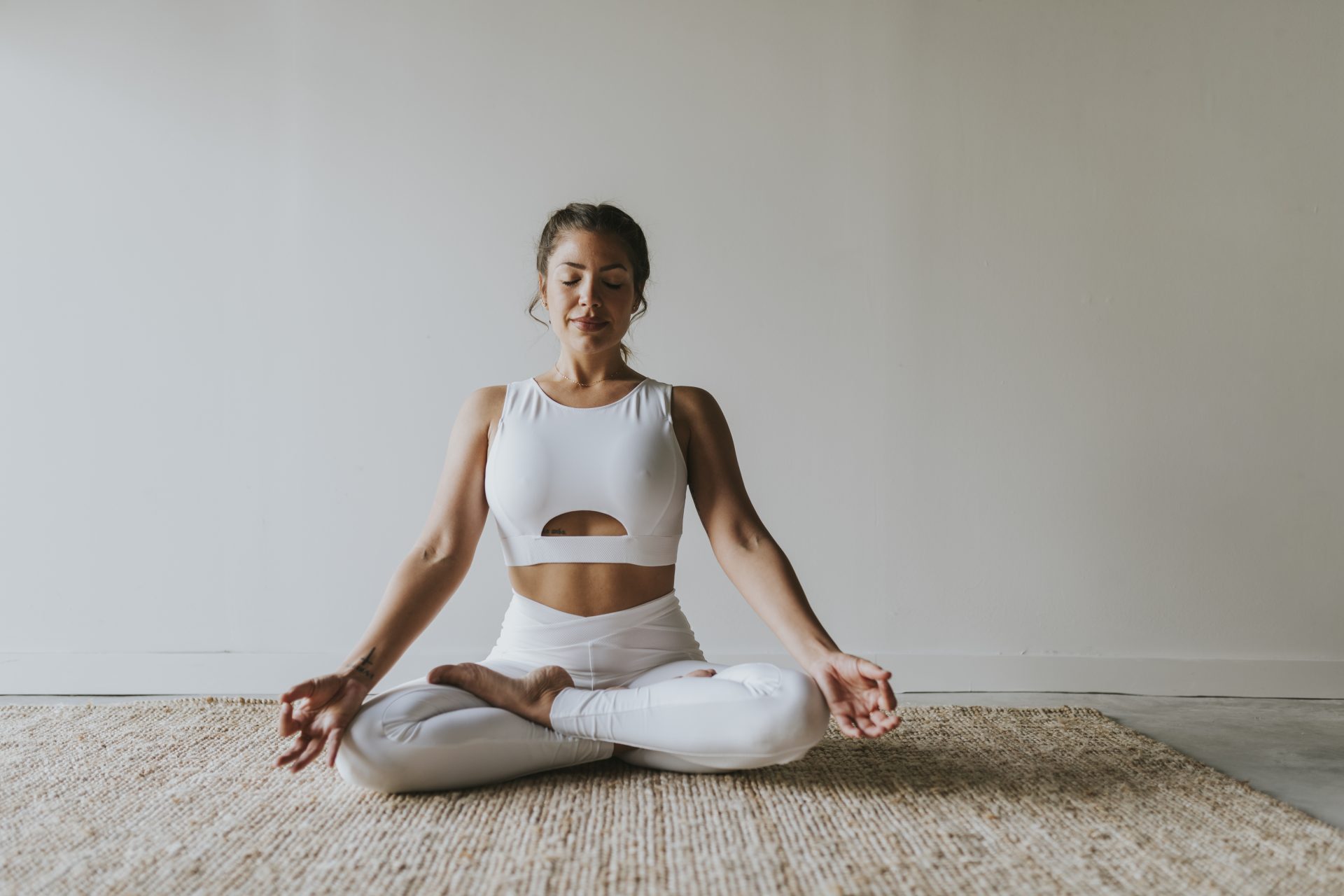Recovery Clinic: is ‘down-regulating’ enough to save us from stress?
Strong Women’s Chloe Gray is on a mission to better look after her body. In the latest instalment of Recovery Clinic, she looks into whether the hype of down-regulating is enough?
I distinctly remember the last time I did spin. I ran straight from a heart-pounding workout into the changing rooms and jumped in the shower before changing into my work clothes and running onto the Tube. I spent the rest of the day with my heart beating so intensely that I kept putting my hand to my chest to check if it was bursting out, in the manner of a cartoon character in love.
Maybe I was just so cardiovascularly unfit that it took me hours to recover. But the more likely truth is that my body was still in the spin class, my nervous system still tapped into its sympathetic ‘fight or flight’ response.
You may also like
Feeling stressed? Here’s how that might affect your exercise plans
Since then, I’ve become more cautious about calming back down after exercise, mainly because that pounding feeling I had made me feel like I was running a marathon under my desk. Reducing stress has become a prominent talking point in the fitness community too, and the theory of ‘down-regulating’ has become a buzzy way to relax after intense sessions.
I first heard the term on The Huberman Lab podcast, where Dr Andrew Huberman and Dr Andy Galpin discussed why you shouldn’t just “hi-five and walk out of the gym”. They advocated for doing something that calms you down – namely, lying on your back and breathing with your eyes closed. It makes sense that this would help you de-stress – we all know that meditation and breathing is good for us. But studies also show that five minutes of slow breathing can immediately reduce heart rate and blood pressure while enhancing the activation of the parasympathetic system (helping us relax).
What is down-regulation?
According to Dr Rachel Taylor, a neuroscientist and founder of the (Un)broken platform: “Down-regulation is the process in which your body produces less of something to bring you back into a homeostatic state.” After exercise, this means gently decreasing levels of cortisol and adrenaline to bring us out of our heightened state.

But down-regulation isn’t an activity or something we can ‘do’. It’s something that should happen naturally in the body, she says. The problem is that we often don’t give our bodies a chance, existing in “sympathetic dominant nervous systems” as we continue to build stress without slowing down.
“Breathing and mediating activates your neural network and means you have a global use of the whole brain, lighting up the pre-frontal cortex so the brain can ‘breathe’. But if you are already so wired that your body can’t calm down by itself, you’re probably on the brink of burnout. Five minutes of down-regulating at the end of a workout isn’t enough to activate your parasympathetic nervous system,” Taylor explains.
And the solution is simple: look after yourself all of the time, not just after your stressful workouts. “Being forced to make time to look after yourself is really boring and can feel really restrictive, which is why I think simple, regular activity is the most important thing to prioritise
You may also like
Weight lifting and the nervous system: how strength training improves our brain pathways
“When you’re in the shower, feel your feet on the ground and become aware in that instant that your feet are touching the floor. I always get people to start there, and a few minutes of that exercise is the difference between thinking or not thinking about your body. You come back to the present day,” she says.
And we have to get comfortable with doing nothing. “Not wellness activities like yoga or walking – I mean nothing. Twenty seconds is enough to make people panic, but if you do daily hardcore workouts for 30 minutes you have to be OK with doing nothing for 10 minutes,” says Dr Taylor. “That is treating your body with balance.”
Images: Getty
Source: Read Full Article
